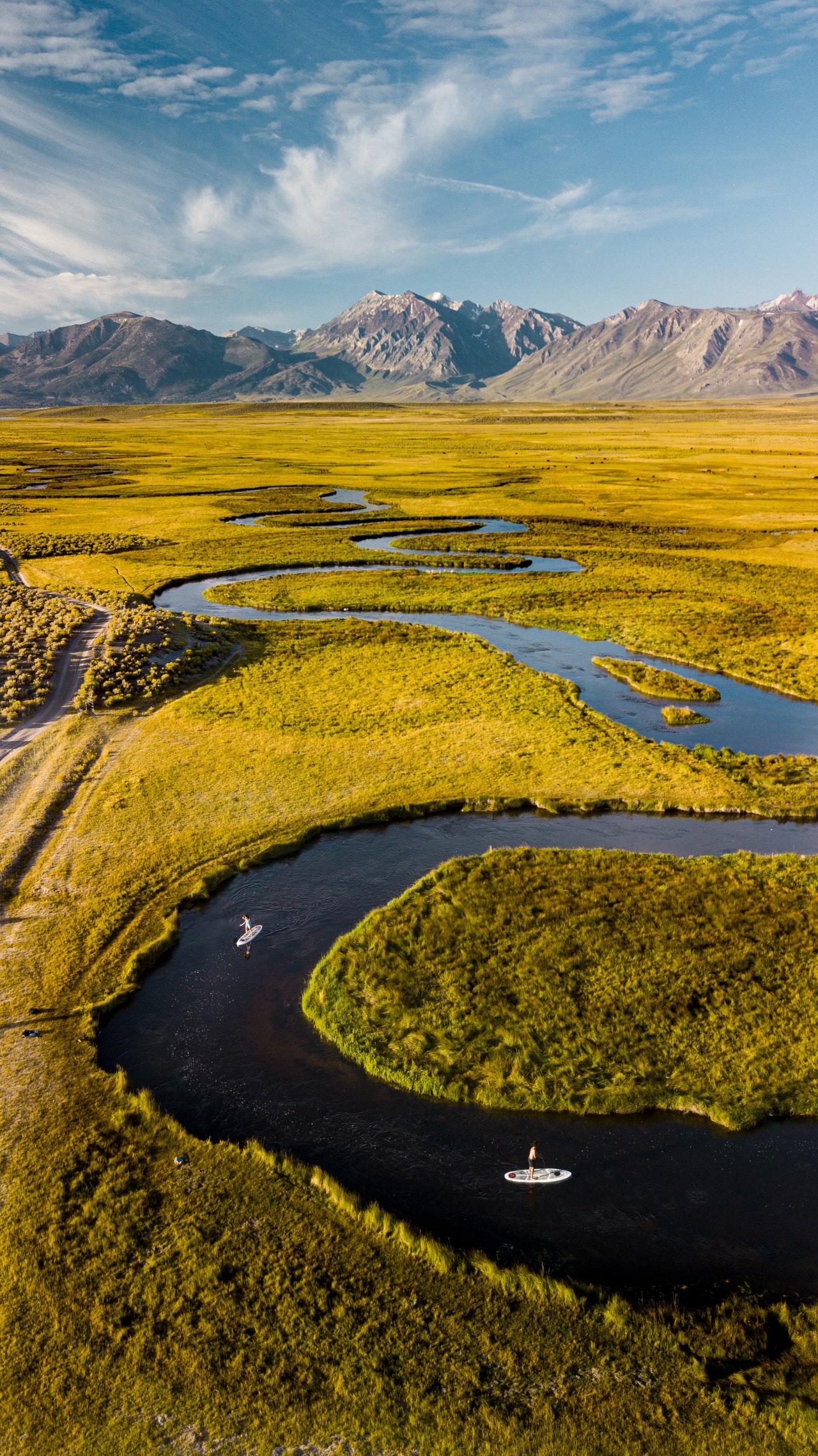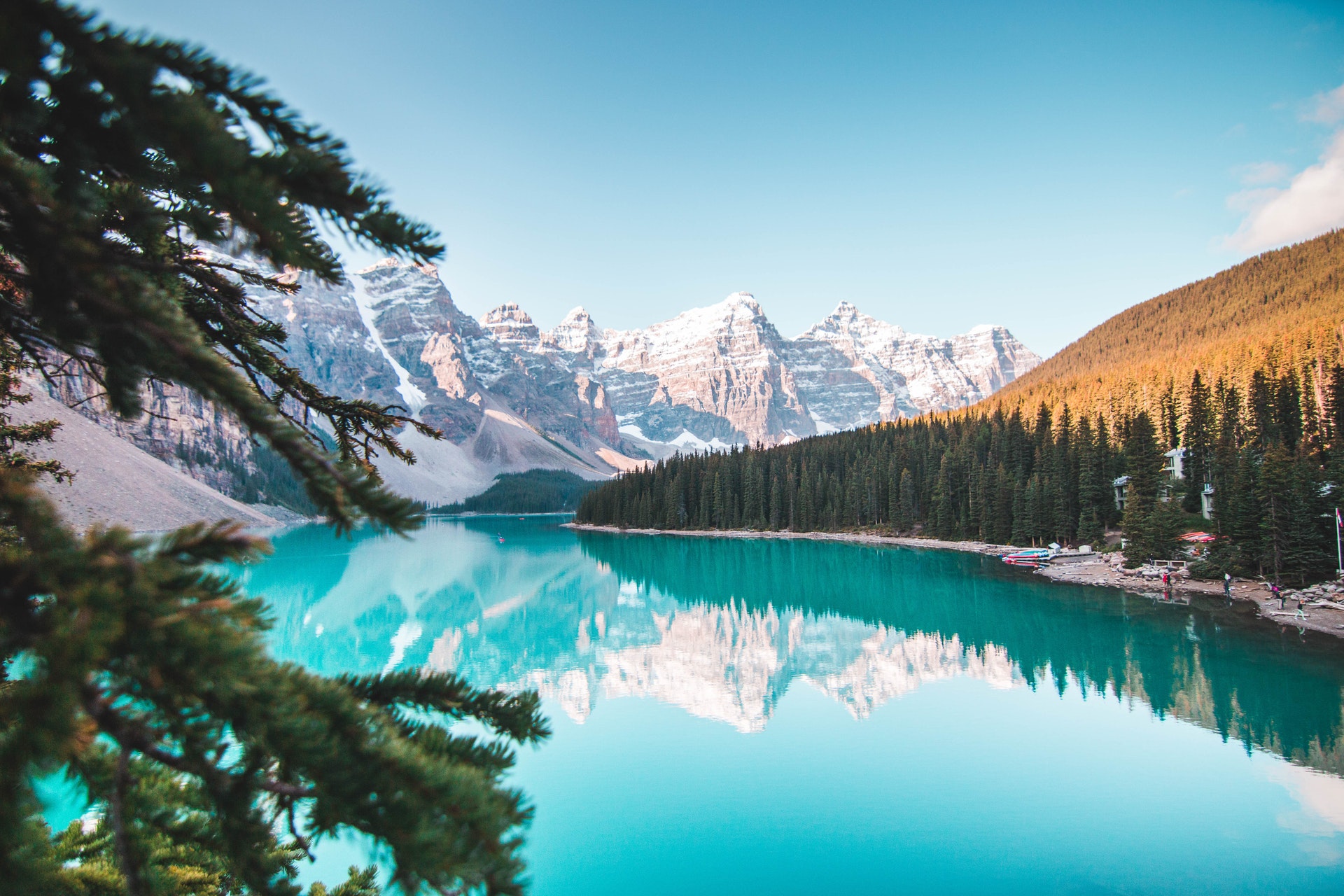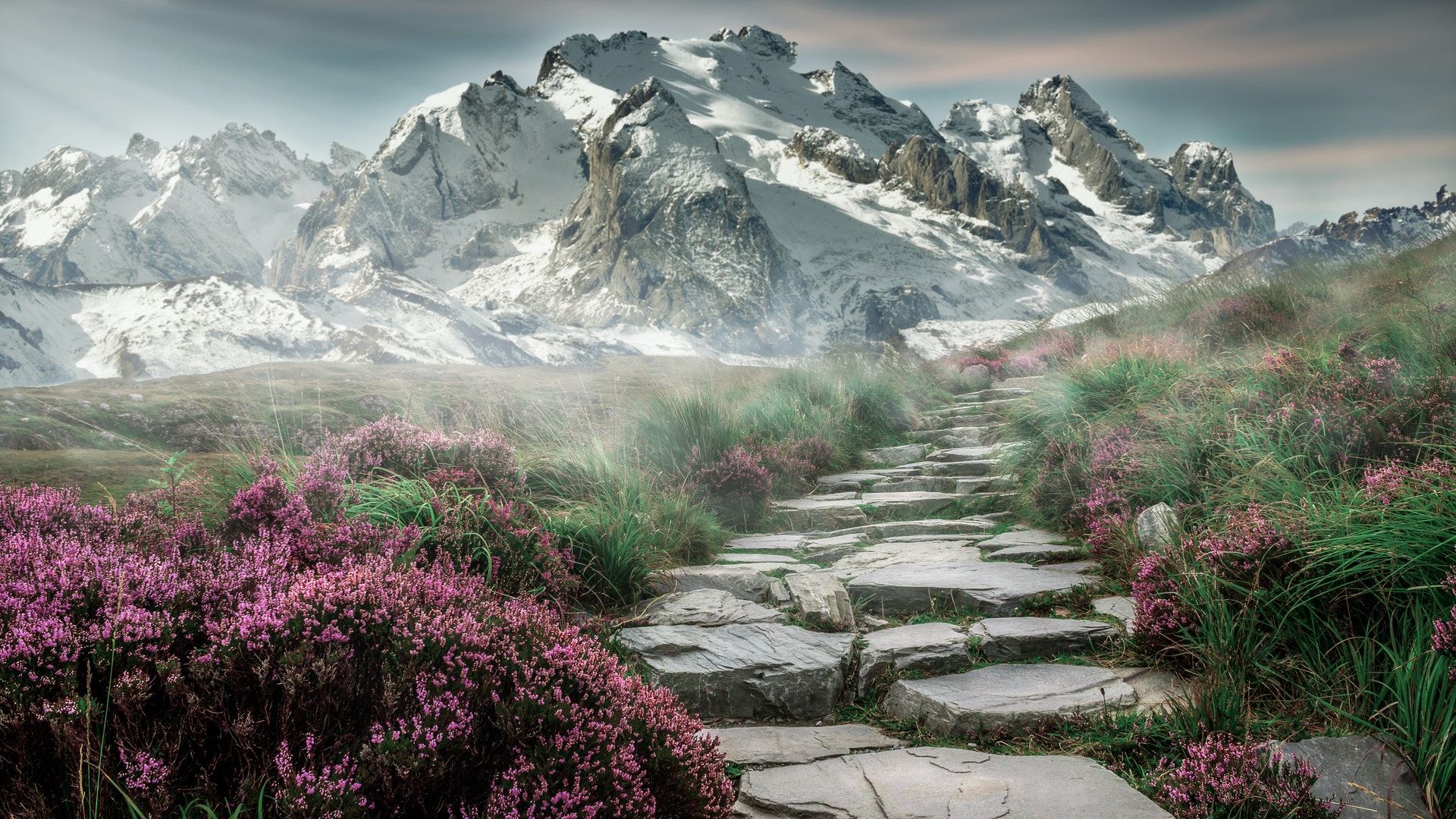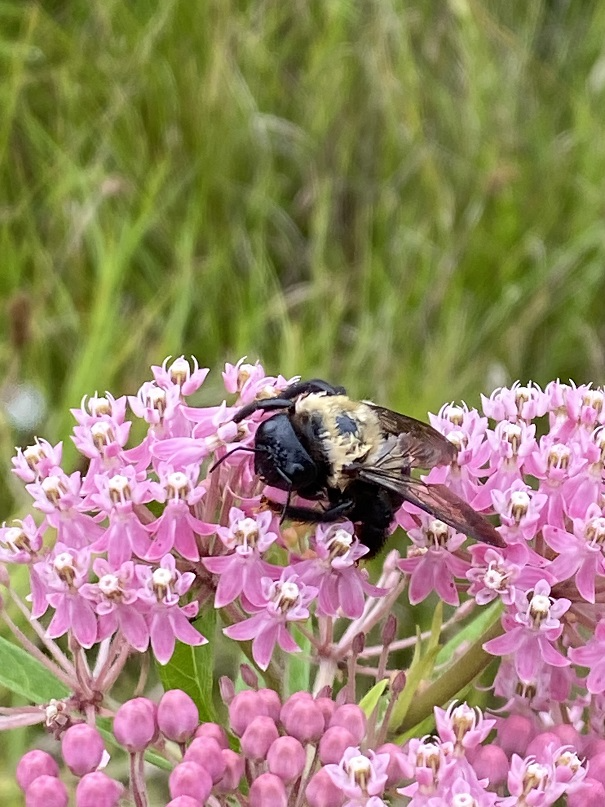
-
Facilities
-
Programs
Pre-K (0-5 yrs)Youth (6-17 yrs)Adult (18+ yrs)
-
Parks/Beaches
ParksOutdoor Activities
- Rentals
- Projects/Planning
- Events
- About








By Melanie O’Brien, Restoration Technician with our Natural Areas Department
When you think of natural areas, you might picture rolling prairies or peaceful woodlands. But did you know that right by our playgrounds and picnic spots, there’s a simpler kind of natural area? It’s called a no-mow zone!
Just as it sounds, a no-mow zone is an area where we let nature take the lead and stop mowing. This is the first step towards turning what used to be a neat, controlled patch of grass into a thriving natural space. It’s a conservation method used by everyone—from homeowners to the National Parks Service—and it’s something we’re embracing right here at the Park District! Some of our no-mow zones are well along in their transformation, while others are just getting started. So, why are we doing this?
The benefits range from the environmental to the economical. Reducing mowing areas will reduce fuel cost and consumption, as well as noise and air pollution. Areas of mature, diverse natural plant growth more efficiently retain excess water and prevent erosion. The presence of native plants offers important habitat and food sources for pollinators, birds, small mammals, and reptiles.

No-mow zones also protect some of our most cherished natural features. Take Sunset Woods Park, for example—8 of its 38 acres are a designated natural area of closed mesic savannah. In the midst of the playgrounds and trails, you’ll find over 200 native trees: white oak, swamp white oak, red oak, hickories, and sugar maples, to name a few. You might have noticed groupings of these trees growing within areas of tall grass and wildflowers. These trees benefit from the no-mow zones, which protect their bark and roots from mower damage. Repeated exposure of the vulnerable living tissue normally protected by a tree’s tough outer bark can leave a tree stressed and susceptible to a variety of diseases and pests. Be on the lookout—as part of the ongoing effort to preserve the health of Sunset’s trees, additional and expanded no-mow zones will be appearing soon!
At Larry Fink Memorial Park, you’ll see a mature example of a no-mow zone. Enveloping a playground and basketball court, a variety of native wildflowers, grasses, sedges and rushes have flourished. Among the tall goldenrod, you’ll discover unique native Illinois species—some you might recognize, and some you might not! Here, the pink heads of swamp milkweed (Asclepias incarnata) nod below the tufted flowerheads of false boneset (Brickellia eupatorioides). Grass-leaved goldenrod (Euthamia graminifolia) and sneezeweed (Helenium autumnale) add to the yellow expanse, while blue vervain (Verbena hastata) contributes some much-needed violet to the mix. Established in 2018 by Natural Areas staff and volunteers, assisted by native seeding, plugs, and the occasional invasive species removal, the Fink no-mow is well underway.
Back north, the process begins again at Sleepy Hollow Park. Right now, you’ll only see small flags marking the area. But over time, a portion of Sleepy Hollow’s two acres of flatwoods will gradually expand, adding even more beauty and diversity to this small, 14-acre park.
The best part? You don’t have to travel far to witness these transformations—they’re happening right here in our own backyard!